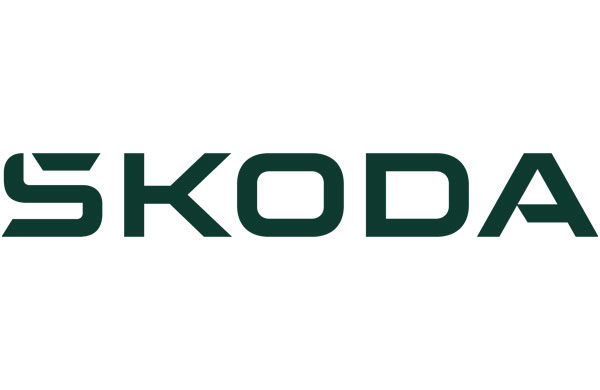Key Programming and Codes: Unlocking the Secrets of Modern Automotive Technologies
The automotive landscape has actually gone through a significant change over the previous few years, with technological advancements improving how cars operate. One essential aspect of this evolution is key programming and coding. This article explores the complexities of automotive key programming, the different kinds of keys, the coding process, and common FAQs surrounding this essential element of vehicle security.
1. Comprehending Key Programming
Key programming is the process of configuring a vehicle's key or key fob to interact with the car's immobilizer system. Modern automobiles often have sophisticated security features that utilize advanced innovation to avoid theft. This security is largely dependent on the programming of keys and key fobs.
1.1 Types of Automotive Keys
There are a number of kinds of keys utilized in modern-day lorries. Understanding these types is essential for both customers and automotive experts:
- Traditional Mechanical Keys: These keys are manually cut to fit the vehicle's ignition lock. They do not contain electronic elements.
- Transponder Keys: These keys contain a chip that communicates with the vehicle's onboard computer. When the key is inserted, the car confirms the signal before allowing the engine to begin.
- Remote Keyless Entry (RKE) Keys: Often described as "key fobs," these devices enable the user to unlock and start the vehicle without inserting a physical key into the ignition.
- Smart Keys: These sophisticated keys permit for keyless entry and ignition. The vehicle finds the presence of the clever key, making it possible for the motorist to start the engine with the push of a button.
1.2 The Importance of Key Programming
Key programming plays a critical role in automotive security and functionality. Here are some factors why it is considerable:
- Anti-theft Protection: Properly programmed keys prevent unauthorized access to the vehicle, minimizing the threat of theft.
- Compatibility: Key programming ensures that the key or fob is compatible with the specific make and design of the vehicle, permitting it to work properly.
- Performance Restoration: If a key is lost or harmed, programming a brand-new key or reprogramming an existing one brings back the vehicle's functionality.
Table 1: Automotive Key Types and Features
| Key Type | Description | Features |
|---|---|---|
| Conventional Mechanical | Easy cut key used in older automobiles | Manual operation |
| Transponder | Contains a chip for communication with the vehicle's computer | Improved security |
| Remote Keyless Entry | Permits remote locking/unlocking without a physical key | Convenience and versatility |
| Smart Key | Keyless entry and ignition functionality | Advanced innovation |
2. The Key Programming Process
The key programming procedure can differ depending on the kind of key, vehicle make and model, and manufacturer. Nevertheless, it usually includes several key steps:
2.1 Preparing the Vehicle
Before starting the programming process, it is vital to:
- Ensure the vehicle is in a location free from blockages.
- Have all necessary keys present for programming (if relevant).
- Disconnect any previous keys or fobs from the vehicle's memory.
2.2 Programming Steps
While the specific procedure may differ, the following actions supply a general standard for key programming:
- Accessing the Vehicle's ECU: Connect a programming tool or key programmer to the vehicle's On-Board Diagnostics (OBD-II) port.
- Choosing the Programming Feature: Use the programming tool to locate and select the key programming feature in the vehicle's ECU.
- Entering Key Information: Input the pertinent key info as triggered by the programming tool.
- Confirming Programming: Follow the programming tool's instructions to validate if the key has been successfully programmed.
- Checking the Key: After programming, test the key or fob to guarantee it operates all required performances, including locking/unlocking doors and starting the engine.
2.3 Common Tools Used
Mechanics and automotive professionals frequently rely on specialized tools to facilitate key programming:
- OBD-II Key Programmers: Devices that connect to the vehicle's OBD-II port to program keys directly through the ECU.
- Devoted Key Programming Devices: Standalone systems created specifically for key programming across numerous vehicle makes and designs.
- Manufacturer-Specific Diagnostic Tools: Tools established by vehicle makers that supply sophisticated programming abilities.
3. Often Asked Questions (FAQs)
3.1 How long does it take to program a key?
The time needed to program a key can differ extensively. Basic programming tasks can frequently be completed in 5-10 minutes, while more complex processes may take up to an hour.
3.2 Can I program a key myself?
In some cases, vehicle owners can program their keys utilizing directions from user manuals or online resources. Nevertheless, particular designs might need an expert technician.
3.3 What should I do if I lose all my keys?
If all keys are lost, a qualified locksmith professional or dealer may require to reprogram the vehicle's ECU and offer brand-new keys. This process can be more pricey and lengthy than programming extra keys.
3.4 Is it needed to reprogram a key after a battery modification in my key fob?
In the majority of cases, altering the battery in a key fob does not need reprogramming. However, if the fob stops working to work after a battery modification, it may require to be reprogrammed.
Key programming and coding are important to modern vehicle security, making sure that only authorized people can access and run a vehicle. Comprehending the different kinds of keys, the programming process, and the tools involved can empower vehicle owners and service professionals alike. As similar web-site continues to advance, so too will the techniques and techniques utilized in automotive key programming, permitting an ever-increasing emphasis on safety and performance in the automotive market.

